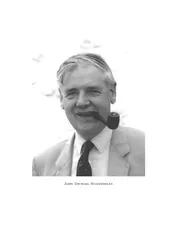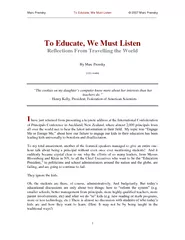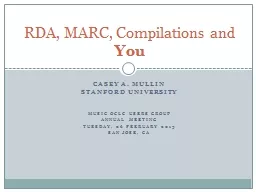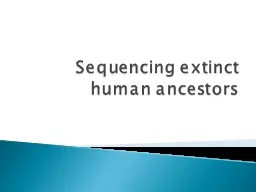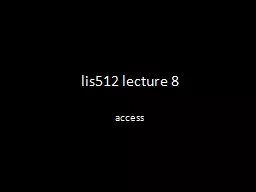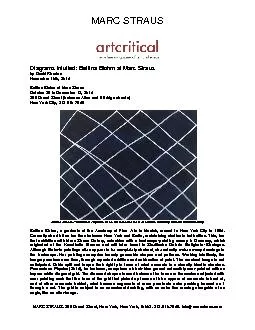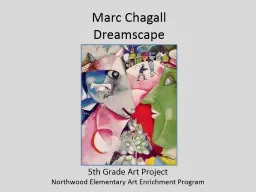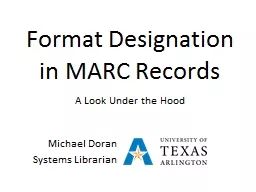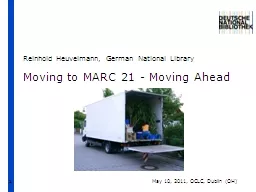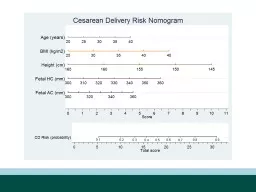PDF-John Michael Hammersley JOHN MICHAEL HAMMERSLEY Marc
Author : briana-ranney | Published Date : 2015-06-09
He eliev ed passionately in the imp ortance of mathematics with strong links to reallife situations and in system of mathematical education in whic the solution
Presentation Embed Code
Download Presentation
Download Presentation The PPT/PDF document "John Michael Hammersley JOHN MICHAEL HA..." is the property of its rightful owner. Permission is granted to download and print the materials on this website for personal, non-commercial use only, and to display it on your personal computer provided you do not modify the materials and that you retain all copyright notices contained in the materials. By downloading content from our website, you accept the terms of this agreement.
John Michael Hammersley JOHN MICHAEL HAMMERSLEY Marc: Transcript
Download Rules Of Document
"John Michael Hammersley JOHN MICHAEL HAMMERSLEY Marc"The content belongs to its owner. You may download and print it for personal use, without modification, and keep all copyright notices. By downloading, you agree to these terms.
Related Documents

